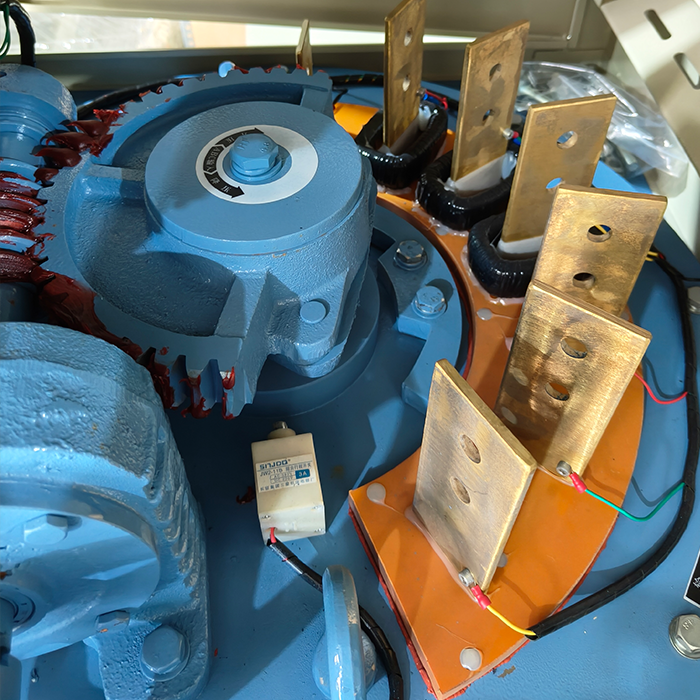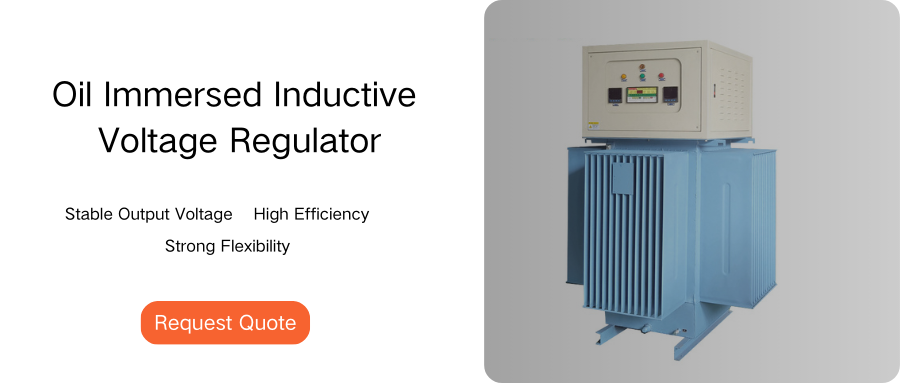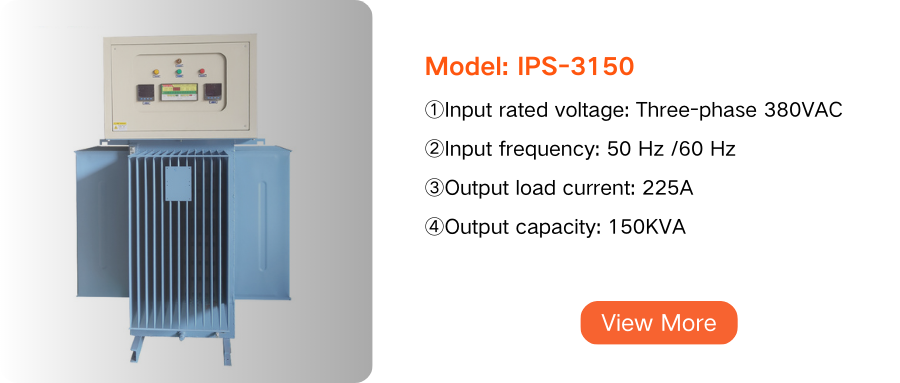 The voltage stabilizer is an indispensable and important device in the industry. It can be said that the voltage stabilizer ensures the normal operation of the circuit. To enhance everyone's understanding of the voltage stabilizer, this article will introduce the power selection of the voltage stabilizer, the selection of the voltage stabilizer, and the role of the voltage stabilizer. If you are interested in the voltage stabilizer, you may wish to continue reading.
The voltage stabilizer is an indispensable and important device in the industry. It can be said that the voltage stabilizer ensures the normal operation of the circuit. To enhance everyone's understanding of the voltage stabilizer, this article will introduce the power selection of the voltage stabilizer, the selection of the voltage stabilizer, and the role of the voltage stabilizer. If you are interested in the voltage stabilizer, you may wish to continue reading.
Ⅰ. Selection of voltage stabilizer power
The power of the voltage stabilizer refers to the maximum power that can be stably output, usually expressed in W. When selecting a voltage stabilizer, it is necessary to select a voltage stabilizer power that can meet the load requirements according to the load current and voltage requirements of the circuit.
Generally speaking, the rated output current of the voltage stabilizer should be greater than the load current, the rated input voltage of the voltage stabilizer should be greater than the power supply voltage, and a certain safety margin should be considered.
The power selection of the voltage stabilizer also needs to consider the working efficiency and heat dissipation capacity of the voltage stabilizer. The higher the working efficiency of the voltage stabilizer, the greater the power, and the higher the heat dissipation requirements.
Therefore, when selecting the power of the voltage regulator, it is necessary to comprehensively consider the load requirements of the circuit and the heat dissipation capacity of the voltage regulator to ensure the stability and reliability of the voltage regulator.
Ⅱ. Selection of voltage regulator
The selection of voltage regulator needs to comprehensively consider the following factors:
① Load current and voltage requirements: Load current and voltage requirements are important bases for selecting voltage regulators. It is necessary to select a voltage regulator that can meet the load requirements according to the requirements of load current and voltage.
② Type of voltage regulator: Voltage regulators are divided into two types: linear voltage regulators and switching voltage regulators. Linear voltage regulators have the advantages of good stability and small output voltage ripple, but small power, low efficiency, and poor heat dissipation capacity; switching voltage regulators have high power and high efficiency, but poor stability and output voltage ripple. It is necessary to select according to the needs of the circuit and the advantages and disadvantages of the voltage regulator.
③ Rated input voltage of the voltage regulator: The rated input voltage of the voltage regulator should be greater than the power supply voltage to ensure the normal operation of the voltage regulator.
④ Power and heat dissipation capacity of the voltage regulator: The power and heat dissipation capacity of the voltage regulator need to be comprehensively considered based on factors such as the current and voltage requirements of the load, the working efficiency of the voltage regulator and the working environment.
⑤ The packaging form of the voltage regulator: There are many packaging forms of the voltage regulator, including TO-220, SOT-23, SOT-89, etc. It needs to be selected based on factors such as the space and heat dissipation requirements of the circuit.
Key Points | Description |
Load current and voltage requirements | Select the regulator according to the load current and voltage requirements |
Regulator type | Linear regulators are stable, with small ripples, low power, low efficiency, and poor heat dissipation; switching regulators have high power, high efficiency, poor stability and ripples. Select according to circuit requirements and advantages and disadvantages |
Rated input voltage | Greater than the power supply voltage |
Power heat dissipation capacity | Comprehensively consider load, efficiency, environment, etc. |
Package form | Select according to circuit space and heat dissipation |
In short, the power selection and selection of the voltage regulator need to comprehensively consider multiple factors to ensure the stability and reliability of the circuit. When selecting a voltage regulator, it is necessary to comprehensively consider factors such as the load requirements of the circuit, the type of voltage regulator, the rated input voltage, power and heat dissipation capacity.
Ⅲ. Is the role of the voltage regulator big?
The voltage regulator plays a very important role in electronic equipment and systems, and its role is critical and cannot be ignored. The following are several important functions of the voltage regulator:
① Protecting equipment: The voltage regulator can provide a stable voltage output when the power supply voltage fluctuates or the power supply fails. By offsetting the noise, fluctuations and voltage instability in the power supply, the voltage regulator can prevent these voltage changes from causing damage to equipment and electronic components. The voltage stabilizer also has overvoltage and overcurrent protection functions to prevent the device from overloading or overheating.
② Ensure the normal operation of the device: Many electronic devices and systems have very high requirements for stable voltage. The voltage stabilizer provides a stable voltage output to ensure that electronic components and circuits are within the normal operating range to avoid unstable operation, performance degradation, data loss or other failures.
③ Improve equipment performance: A stable voltage supply has an important impact on the performance and reliability of the device. The voltage stabilizer can provide clean power, filter out power noise and interference, and provide high-quality power supply, thereby improving the signal quality, anti-interference ability and work efficiency of the device.
④ Ensure stable input and output: The voltage stabilizer can also provide stable power input and output to ensure that each module and component gets the required stable voltage. This is especially important for systems and circuits that require multiple power supply voltage inputs to maintain the stability and consistency of the output.

The role of the voltage stabilizer is very important. It not only protects the device from power fluctuations and failures, but also provides a stable voltage output to ensure the normal operation of the device and improve performance.
In applications where a stable voltage supply is required, the voltage stabilizer is an indispensable electronic device.
The above is the content related to voltage stabilizers brought this time. Through this article, I hope everyone has a certain understanding of voltage stabilizers.
If you like this article, you may wish to continue to pay attention to our website, and we will bring more exciting content later. We will recommend better products and better articles.
Finally, thank you very much for reading, have a nice day!








